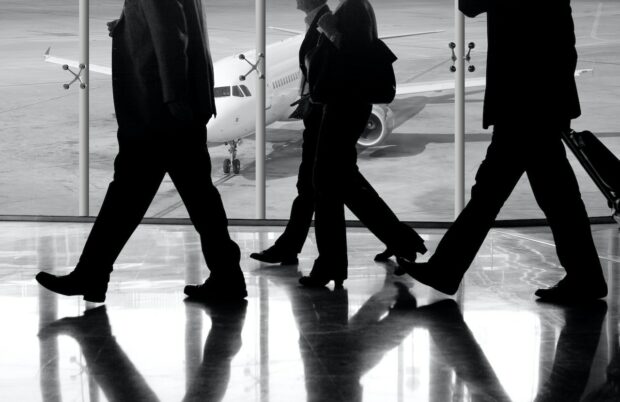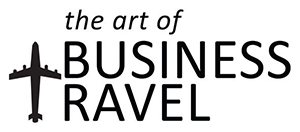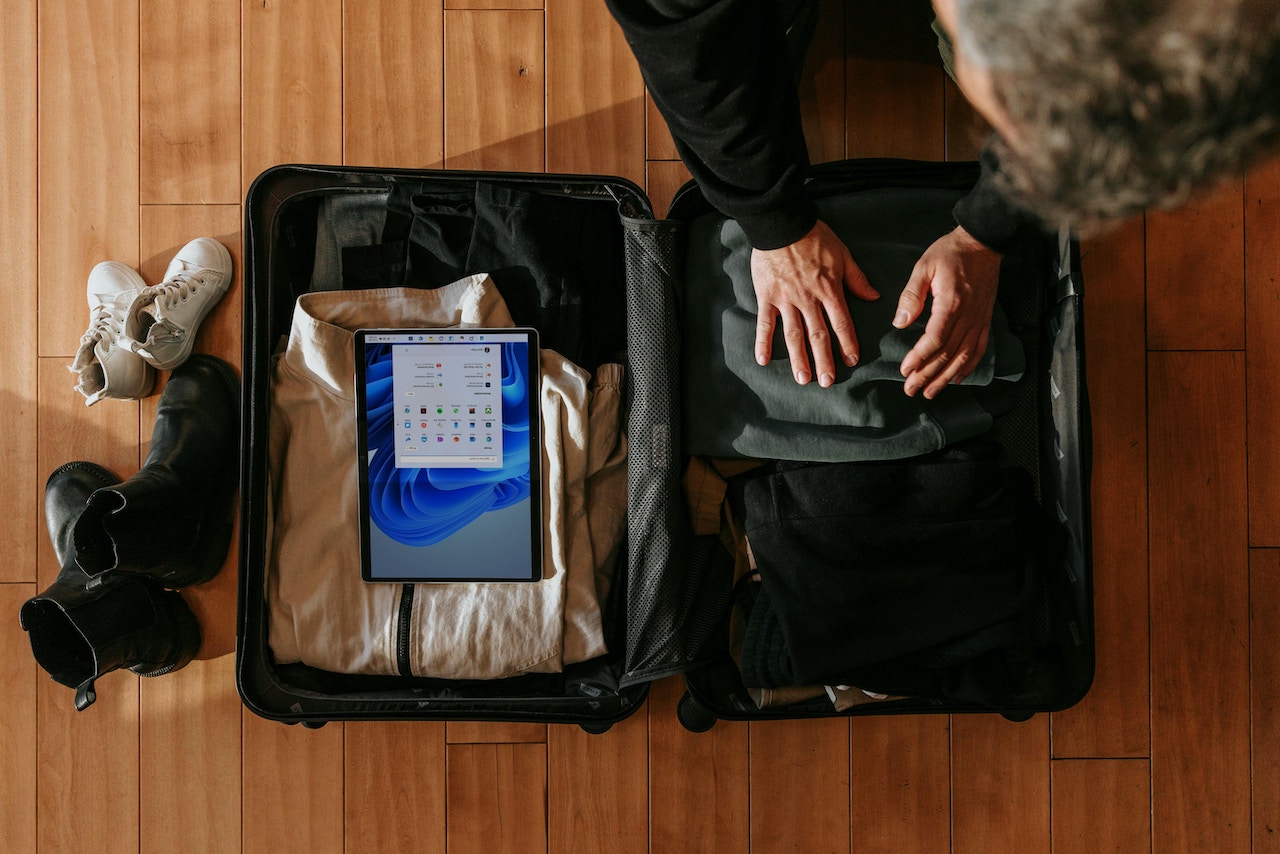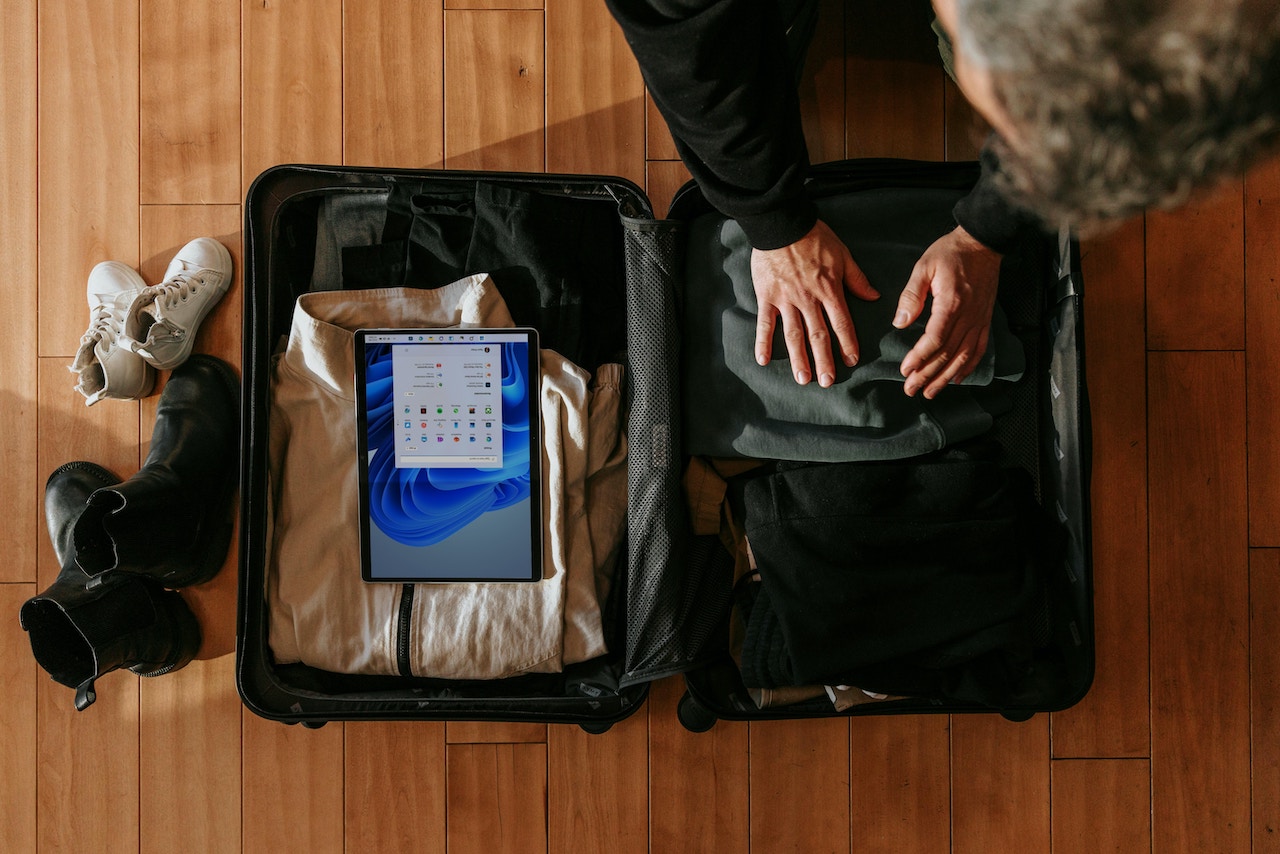
As business travel continues to bounce back to its pre-pandemic levels, businesses need to pay heed to safeguarding their most critical assets – their people, says Anuja Agrawal.
The travel risk landscape has changed significantly in the post-pandemic world. Correspondingly, there is an increased perception of elevated risks, with the International SOS 2022 Risk Outlook showing that globally, 67 per cent of the workforce believes that travel risks have increased.
Duty of care legally and morally obligates employers to mitigate the risks that employees might face while travelling and to safeguard their safety, health and well-being. Organisations can follow a step-by-step approach to research, plan, develop and implement their business travel policies and operational procedures centred around the principles of duty of care.
1) Internal Assessment
The first step to building and refining policy comes from an understanding of the fundamentals of your business. Conduct an internal assessment to determine the foundational components that will form the basis for the travel program and policy. This includes where employees are stationed, where they may need to travel, existing travel policies or procedures – both formal and informal – the organization’s risk potential, available and affordable mitigation resources, existing or required vendor relationships, technologies, and tools.
2) Risk Assessment
The next step is to assess the health, safety, security risks, vulnerabilities, or exposure associated with the organization’s business travel requirements. Key risk factors to consider include destination and location risks, travel risks, and health and safety risks, related to the type of employees that may travel, to the destinations that may be visited, and for the typical purposes of the business. They may encompass items such as the sociopolitical climate, crime rates, modes of travel, accommodations, infectious diseases, and the safety of local transportation.
3) Policy and Procedure Development
Travel policy is not about control or mere expense management. It should strike a fair balance between efficient use of the company’s resources and efforts to maintain the health, safety, well-being, and morale of travelling employees such that it encourages employee compliance with the policy.
Key elements of business travel policy and related procedures include clearly stating the purpose of the policy and the organization’s duty of care objectives; identifying the products of step 2, including determination of essential and non-essential travel; documenting policies and procedures for each facet of business travel, including pre-approvals, pre-travel risk assessment, reservations, monitoring, incident response, and feedback; establishing guidelines and/or acceptable exceptions; and designating lead/responsible parties.
4) Employee Education and Training
Educating everyone, including leadership, on policy and procedures is necessary for fulfilling duty of care responsibilities. Proactive communication is key to driving awareness and adoption. Through education, an organization creates and reinforces a culture of risk awareness and discernment. Employees should be trained on the policy, related procedures, processes, and protocols, and any supporting technology or other tools used by the organization.
5) Pre-travel Risk Assessment
While broad-based risk factors are built into the pre-policy risk management framework, a pre-travel risk assessment conducted prior to each trip helps identify anything that might compromise the safety, security, and well-being of a given travelling employee with respect to that specific business trip. Pre-travel risk assessment boosts employee confidence in their employer’s commitment to their health and safety.
6) Monitoring Employee Travel
Organisations should be able to track itineraries and have knowledge of who is travelling, where they are, where they are staying, the length of stay, and how to contact them should an emergency arise.
7) Incident Response
In contrast to the previous steps, which are “proactive,” this step is “reactive.” Should an incident occur, an organization must be able to coordinate efforts to react rapidly to the situation at hand and provide immediate and appropriate assistance to the employee. Organisations should have comprehensive emergency response plans, including the ability to determine what constitutes an emergency, immediately implement emergency protocols, provide appropriate support and activate local support if needed.
8) Feedback
Incorporating regular feedback about travellers’ experiences, both positive and negative, through traveller surveys or simple questionnaires is an important mechanism to improve processes.
Effective travel risk management is strategic and fundamental to any organization’s ability to achieve its duty of care responsibilities. To formulate the steps above, organisations now have a new resource to help develop policies and procedures to protect their employees. ISO 31030, the first international standard for travel risk management, is a guidance document for organizations for managing the security, health, safety and well-being of individuals travelling for work.
For more Mile High Club columns click here
STAY IN THE KNOW BY FOLLOWING US ON FACEBOOK, INSTAGRAM, & LINKEDIN










